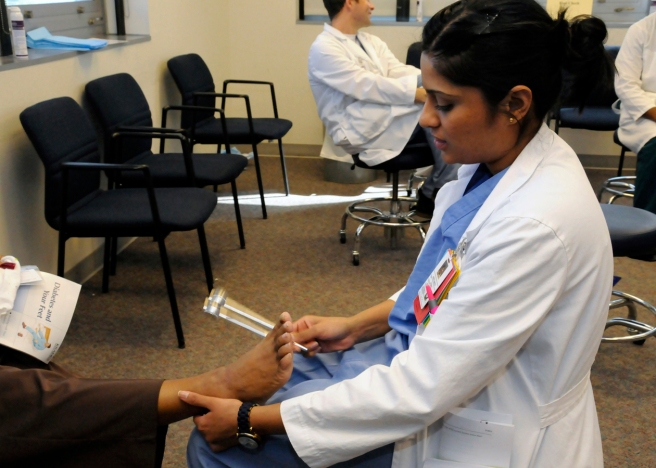Written By: Rachael Kaine
What Will an Internal Medicine Residency Prepare Me for?
After completing the initial years of medical school, med students have a chance to pick their area of focus and specialty training. This is done by completing a residency program at a higher institution of learning and hospital setting. These programs are available around the world, but some, like an internal medicine residency in the DC area (http://www.medstarhealth.org/) are a cut above the rest. Internal medicine is the study of everything from general health to complex illnesses in adult patients via the use of scientific knowledge and situation-based clinical expertise. Internists will diagnose, treat and care for these patients using their knowledge and understanding.

Internal Medicine Residency Career Paths
An internal medicine residency is meant to prepare medical students for careers as internists, who are often called upon to consult with other doctors in order to provide the best possible care to patients, no matter what their underlying conditions may be. Though they may have knowledge of different “general” health conditions or situations, they are not general practitioners due to their specific focus on adult patients. Those who complete this type of residency are able to handle problems that are both common and rare, and can adequately provide treatment when multiple problems or conditions exist at the same time.
There are different career paths that can be chosen by internists, including:
– Hematology
– Infectious Disease
– Oncology
– Allergy and Immunology
– Cardiovascular Disease
– Rheumatology
– Endocrinology
Each of these allows for training in a specialty area of medicine, but they require additional training after the internal medicine residency, and can increase the skill set of practitioners when they are completed. Completing the first residency will familiarize individuals with the information necessary to treat general conditions, but having a “specialty” can make them more appealing in the eyes of their patients, as well as able to serve their chosen community in a more impacting manner.
For those that want to combine their training so as not to extend the amount of time spent in medical school, there are even options for this as well. Some residency programs allow for the combination of studies for different fields at the same time; one of the most popular of these mixed programs is that of internal medicine and pediatrics, even though this isn’t the only available option. In order to quickly begin practicing medicine, medical school, residencies and all on-the-job experience should be completed in an efficient manner so that the knowledge can immediately be put to good use.